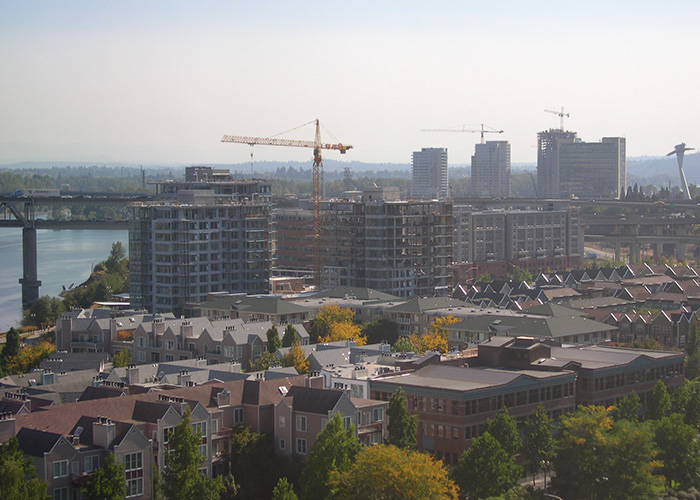 The purpose of Goal 9 planning is to make sure cities and counties have enough land available to realize economic growth and development opportunities. Commercial and industrial development takes a variety of shapes and leads to economic activities that are vital to the health, welfare and prosperity of Oregon's citizens. To be ready for these opportunities, local governments perform Economic Opportunity Analyses based on a 20-year forecast of population and job growth. Each city and county has a unique local vision for economic development. Ideally, this vision reflects community aspirations and has specific objectives and actions.
The purpose of Goal 9 planning is to make sure cities and counties have enough land available to realize economic growth and development opportunities. Commercial and industrial development takes a variety of shapes and leads to economic activities that are vital to the health, welfare and prosperity of Oregon's citizens. To be ready for these opportunities, local governments perform Economic Opportunity Analyses based on a 20-year forecast of population and job growth. Each city and county has a unique local vision for economic development. Ideally, this vision reflects community aspirations and has specific objectives and actions.
Under Goal 9, all local governments should have a working inventory of areas suitable for economic growth that can be provided with public services. These inventories primarily focus on planning for major industrial and commercial developments, and having a ready supply of land appropriately zoned and located for those opportunities and local investments. As with all areas of the comprehensive plan, the amount of land planned for economic development should be adequate for a 20-year supply. The economic development plans formed by a city often use one or more market incentives to encourage the type of development a community or county would like to see. These might include tax incentives or disincentives, land use controls, or preferential assessments.
Original Adoption: 12/27/74; Effective: 1/25/75
Amended: 2/17/88; Effective: 3/31/88
Read full text version of Goal 9
Administrative Rules that implement Goal 9:
OAR 660-009 – Economic Development
Related:
Economic Development
 Goal 9 Guidebook – 2005
Goal 9 Guidebook – 2005
Population Forecasts